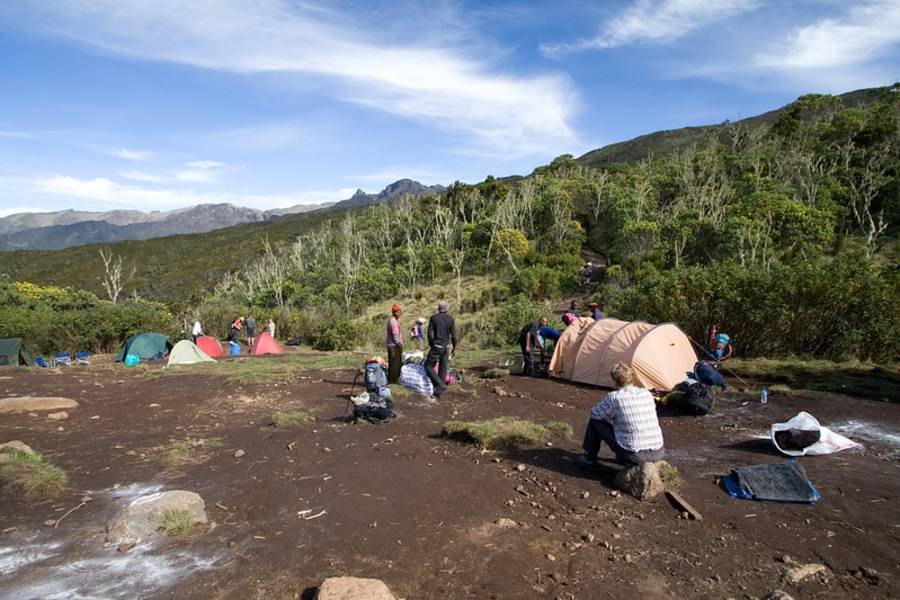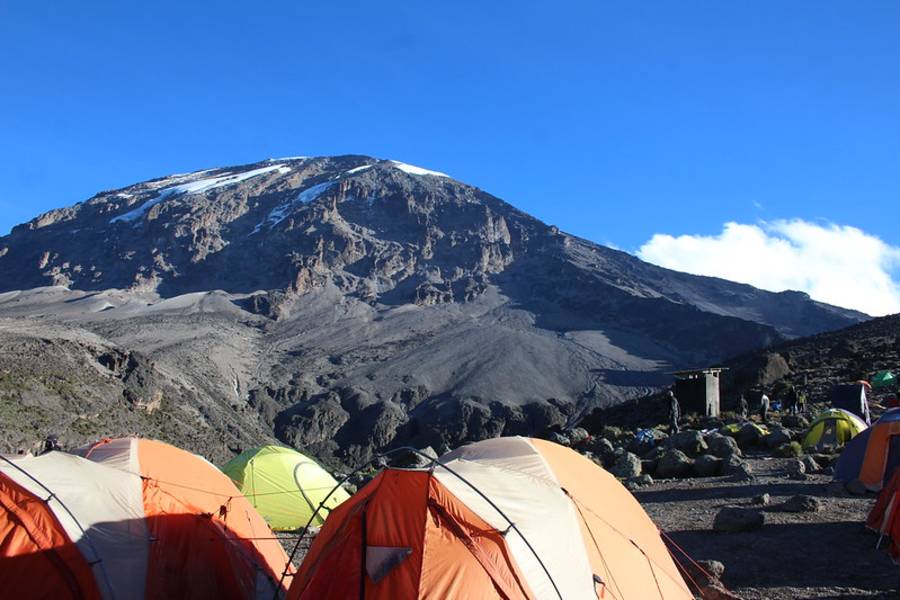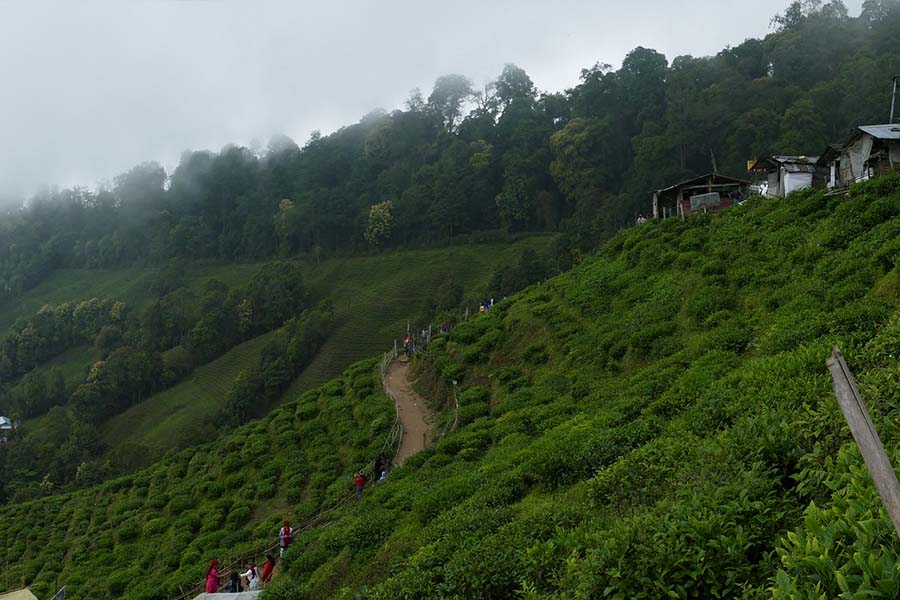Kilimanjaro Treks
Walking holidays are great for active individuals who seek adventure holidays. Adventurers can go on trekking vacations around the world, but one of the best options is a Kilimanjaro trek. There are several things that travelers should know about Kilimanjaro treks to consider whether this type of vacation is a good match for them.
What is a Kilimanjaro Trek?
A Kilimanjaro trekking holiday will take you from the base of Mt. Kilimanjaro, a dormant volcano in Tanzania that is 5,895 meters above sea level. The trek is no easy feat, as Mt. Kilimanjaro is the world’s tallest freestanding mountain. These treks are led by very experienced and well-trained guides. The length of a Kilimanjaro trek depends on the route and trekking company’s options. Most of the hikes take between five and eight days.
What are Popular Routes?
There are three popular routes that trekking companies take. The Rongai Route is the most gradually ascending route. This route is along the northern side of Mt. Kilimanjaro, and it gives tourists a beautiful view of the Masai lands. Tourists have the opportunity to see buffalo and even elephants along the climb. The Marangu Route is a little more challenging, and tourists get to trek through various ecosystems. Trekkers along this route get to enjoy the luxuries of mountain huts. The most difficult of the three popular routes is the Machame Route. This route is longer and steeper, but tourists get to see Kibo Peak and a glacier.
Is Physical Fitness Required?
Anyone that wants to attempt to climb Mt. Kilimanjaro should be physically fit and experienced with hiking. Anyone considering a Kilimanjaro trek should train by hiking with a weighted backpack as much as possible before attempting the trek. Endurance and strong leg muscles are key when attempting a trek of this caliber because trekkers typically hike for between four and fourteen hours each day. A trekking holiday will be much more enjoyable for tourists if they train for this experience of a lifetime.
What Do Trek Guides Provide?
Most importantly, Kilimanjaro guides provide professional experience in climbing and in wilderness medicine. Guides typically provide hearty meals three times a day along with the route, water, and camping equipment. Many trekking companies are able to rent any additional equipment that is required for the trip.
What are the Accommodations?

The accommodations depend on the route. The Rongai and Machame routes have no special accommodations, so trekkers must have tents and camping gear. The bathroom facilities are shared pit latrines. Hikers along the Marangu route get to stay in mountain huts, which have dining rooms and either flush toilets or pit latrines.
If a Kilimanjaro trek sounds appealing, check out the different trekking options available through the various trekking companies. Before deciding on a company, be sure to check out the company’s history and reputation. Make sure that the guides are trained, qualified, and very experienced. Look for reviews online from individuals who have gone on Kilimanjaro treks with the company to see if the company provides an experience that fits your needs.
Trek Guide
Kilimanjaro is the highest mountain in Africa and a popular trekking destination, attracting thousands of hikers every year. If you’re planning to do a Kilimanjaro trek, here are some important things to consider and keep in mind:
- Choose a route: There are several routes to climb Kilimanjaro, each with its own unique features and challenges. The most popular routes are the Marangu, Machame, Lemosho, Rongai, and Northern Circuit routes. Research each route and choose one that suits your experience level, fitness, and preferences.
- Hire a licensed guide: It is mandatory to have a licensed guide with you on your Kilimanjaro trek. A licensed guide will not only ensure your safety but also provide valuable insights about the mountain, wildlife, and the local culture.
- Prepare physically and mentally: Climbing Kilimanjaro is a challenging and demanding trek that requires physical fitness and mental endurance. Start a regular exercise routine several months before the trek to prepare your body. Also, mentally prepare yourself for the rigors of the trek and the possibility of altitude sickness.
- Pack appropriately: Pack lightweight, breathable, and waterproof clothing for the trek. Also, carry a good quality sleeping bag, hiking boots, headlamp, and a backpack. Consult with your guide about the gear and clothing required for the specific route you choose.
- Acclimate gradually: Acclimatization is critical when trekking Kilimanjaro to avoid altitude sickness. Choose a route that allows for gradual acclimatization and listen to your body. If you experience any symptoms of altitude sickness, inform your guide immediately.
- Respect the environment: Kilimanjaro is a UNESCO World Heritage Site and an important ecological reserve. Respect the environment by leaving no trace, avoiding littering, and following the guidelines set by your guide and the park authorities.
- Enjoy the journey: The Kilimanjaro trek is an unforgettable experience that offers breathtaking views and a chance to connect with nature. Take time to appreciate the journey and the camaraderie with your fellow trekkers and guides.
In summary, a Kilimanjaro trek is a challenging and rewarding adventure that requires careful planning, preparation, and guidance. Choose the right route, hire a licensed guide, prepare physically and mentally, pack appropriately, acclimate gradually, respect the environment, and most importantly, enjoy the journey!
Essential Information
Here is some essential information that you may find useful:
- Currency: The currency of Tanzania is the Tanzanian Shilling (TZS). US dollars are widely accepted, especially for tourist transactions, but it is always a good idea to carry some local currency for small purchases.
- Language: The official language of Tanzania is Swahili, but English is widely spoken, especially in tourist areas.
- Visa: Most visitors to Tanzania require a visa, which can be obtained online or upon arrival at the airport. Check the requirements and validity of your passport before you travel.
- Vaccinations: It is recommended that you consult with your doctor or a travel health clinic about necessary vaccinations and preventative measures before traveling to Tanzania.
- Safety: Tanzania is a generally safe country for travelers, but it is always important to exercise caution, especially in crowded areas and at night. Follow the advice of your guide and avoid carrying valuables with you.
- Weather: Tanzania has a tropical climate, with hot and humid conditions throughout the year. The best time to visit is from June to October, which is the dry season.
- Electrical outlets: Tanzania uses electrical outlets with three round prongs, like those used in the United Kingdom. Bring an adapter for your electronics if necessary.
- Communication: The international dialing code for Tanzania is +255. Wi-Fi is available in many hotels and lodges, but cellular coverage can be limited in some areas.
These are just a few of the essential things to keep in mind when traveling to Tanzania. As always, it is important to do your own research and plan accordingly to ensure a safe and enjoyable trip.




Jess
December 9, 2020Oh this sounds so cool. I really want to try this someday on one of my vacations. Thanks for sharing!